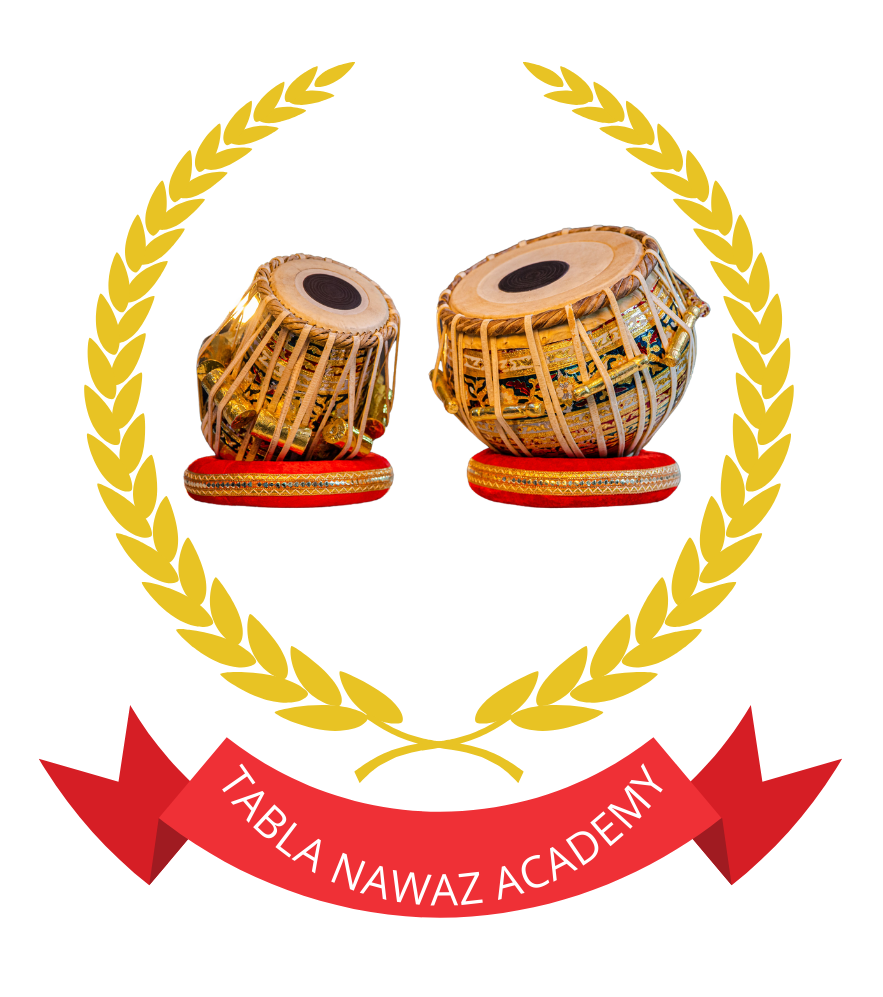Introduce the-Jhumra Taal (14 Beats) – A Complete Guide to Peshkar, Pran & Tihai for Tabla Lovers
“Unlock the Magic of Jhumra Taal: 14-Beat Tabla Mastery with Peshkar, Pran & Tihai Explained.
- The Beauty of Jhumra Taal: 14-Beat Tabla Rhythm You Must Hear!
- From Peshkar to Tihai – Discover the Power of 14-Beat Jhumra Taal on Tabla.
- Master the 14-Beat Jhumra Taal: Tabla’s Most Mesmerizing Rhythm Unveiled.
- How to Play Jhumra Taal (14 Beats): Step-by-Step Guide with Peshkar, Pran & Tihai.
- Experience the Depth of Jhumra Taal: The Soulful 14-Beat Cycle in Tabla Music.
- Jhumra Taal Demystified – Peshkar, Pran & Tihai Secrets Every Tabla Player Should Know.
🪘 Jhumra Taal (14 Beats) – A Complete Guide to Peshkar, Pran & Tihai for Tabla Lovers
Introduction: The Majestic Pulse of Jhumra
The tabla — India’s most expressive percussion instrument — breathes life into countless classical and contemporary compositions. Among its many rhythmic cycles (taals), Jhumra Taal, with its 14-beat structure, stands as a rhythmic masterpiece cherished by connoisseurs of Hindustani classical music. Rich, intricate, and deeply meditative, Jhumra Taal is a favorite in slow-tempo vilambit khayals and instrumental recitals. Its graceful symmetry offers tabla players a vast canvas to paint with rhythm, creativity, and emotion. But what makes Jhumra so unique? Let’s explore its origins, structure, and how Peshkar, Pran, and Tihai bring it to life on the tabla.
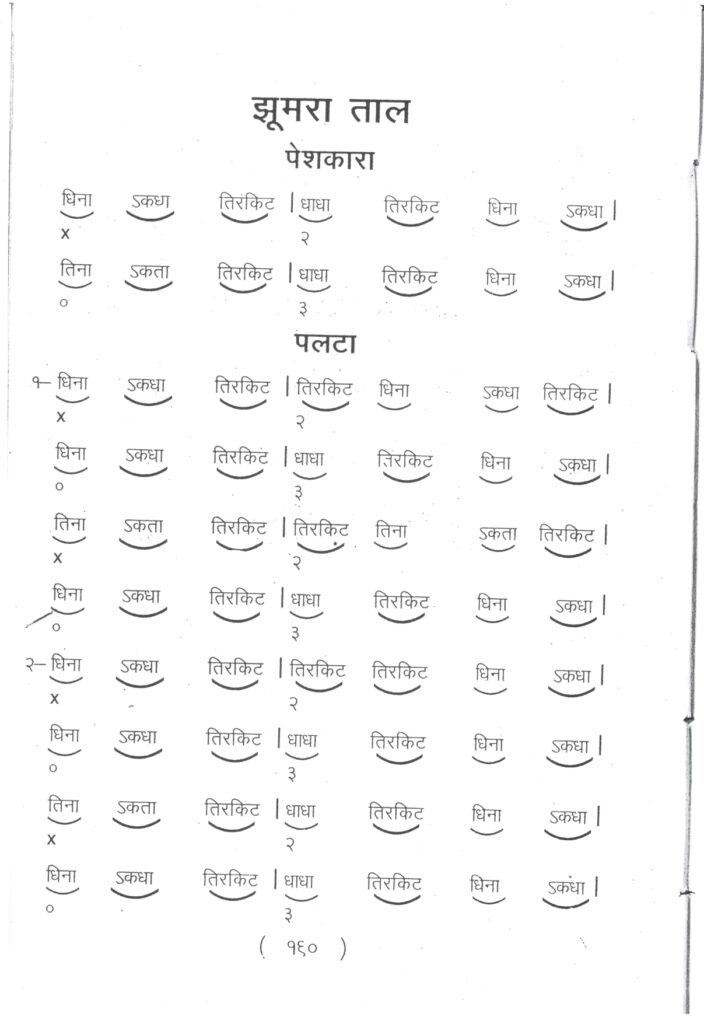
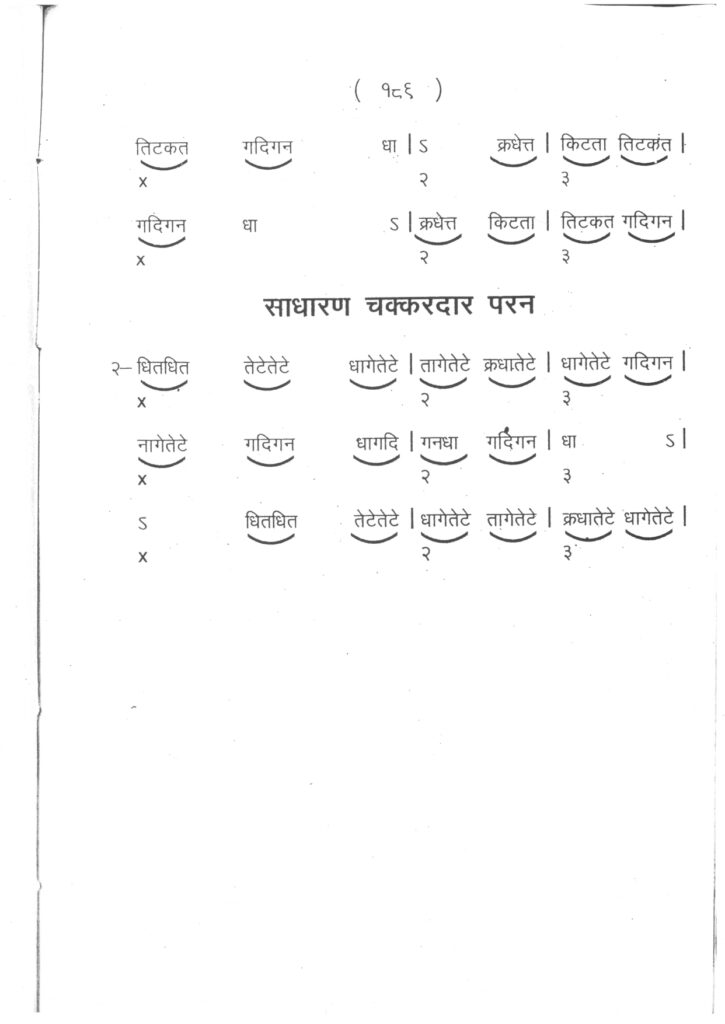
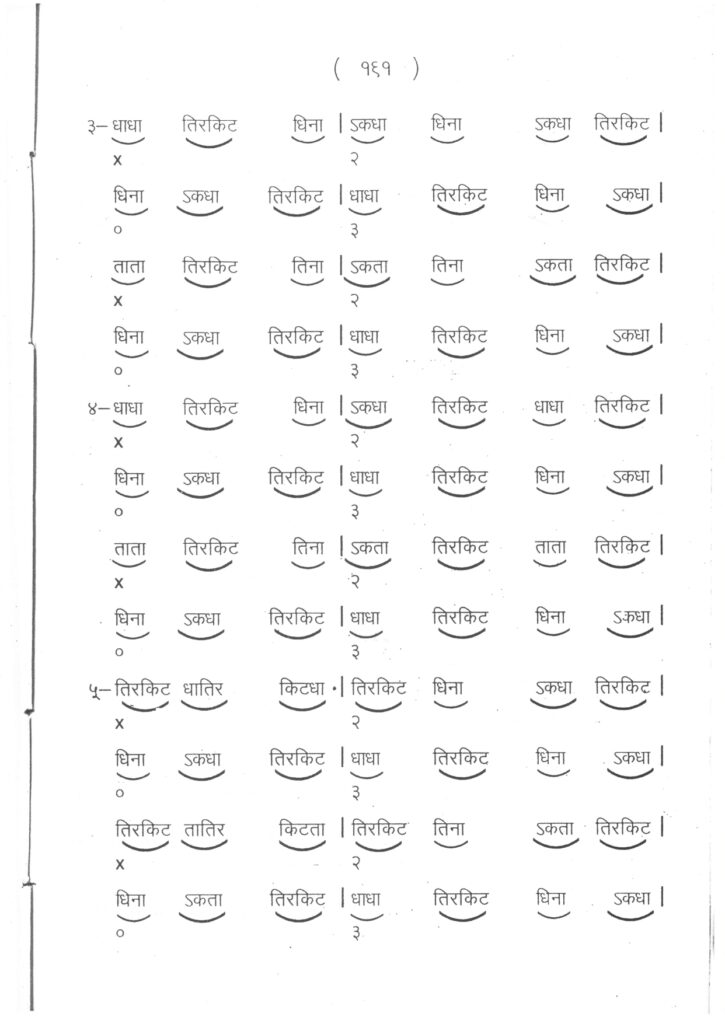
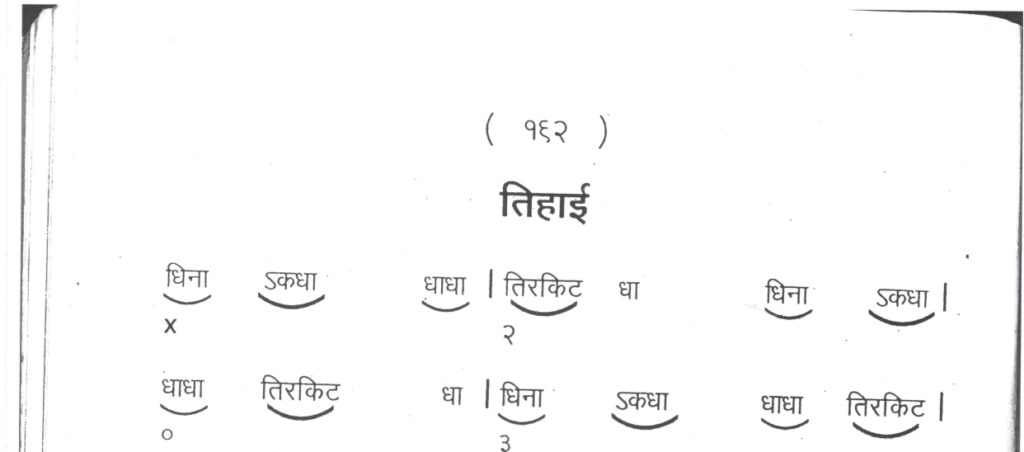
1. Historical Context: From Royal Courts to Global Stages
The origins of Jhumra Taal trace back to the Mughal era, when classical musicians performed in royal courts for emperors and patrons. The word “Jhumra” is said to evoke a sense of swing or circular motion — a fitting description for this taal’s flowing 14-beat cycle. Famed tabla maestros like Ustad Ahmed Jan Thirakwa and Pandit Kishan Maharaj often used Jhumra to display subtlety, balance, and command over laya (tempo). Even today, the taal remains a favorite in classical vocal performances by maestros such as Pandit Bhimsen Joshi and Ustad Rashid Khan.
🎵 Did you know? Jhumra Taal is one of the few taals that allows tabla players to blend slow, deliberate phrasing with explosive improvisation — a hallmark of advanced tabla artistry.
2. Technical Structure: The 14-Beat Framework
Jhumra Taal’s beauty lies in its 14-beat cycle (matra), divided into 4 vibhags (sections) as follows:
| Vibhag | Beats | Bols (Syllables) Example | Clap/Wave |
|---|---|---|---|
| 1 | 3 | Dhi Na Dhi | Clap (Sam) |
| 2 | 4 | Tin Na Dhi Dhi Na | Clap |
| 3 | 3 | Ti Na Dhi | Wave (Khali) |
| 4 | 4 | Tin Na Dhi Dhi Na | Clap |
Total = 14 beats
The Sam (first beat) lands with gravity and precision — it’s the rhythmic “home” where cycles begin and resolve. The Khali (empty beat) provides contrast, adding a sense of breath to the rhythmic flow.
3. Understanding Peshkar, Pran & Tihai
Let’s break down the key elements tabla players explore within Jhumra Taal:
a. Peshkar – The Grand Opening
The Peshkar is an improvisational introduction — the tabla player’s way of “presenting” the taal. It’s often played in vilambit laya (slow tempo) and gradually develops in complexity. Through layered phrases and dynamic modulation, the Peshkar sets the mood, introducing listeners to the taal’s character.
🎧 Listen: Ustad Zakir Hussain – Jhumra Taal Peshkar Performance (YouTube)
b. Pran – The Essence of the Taal
Pran literally means “life.” It represents the core of Jhumra’s rhythm — where traditional compositions like Kayda and Rela breathe energy into the cycle. The Pran embodies the taal’s personality: elegant, introspective, yet powerful.
In this section, tabla artists often showcase their understanding of bols (strokes) and their ability to balance symmetry and surprise.
c. Tihai – The Grand Finale
No tabla performance feels complete without a Tihai — a rhythmic phrase repeated three times, landing precisely on the Sam. In Jhumra, a well-crafted Tihai can span multiple cycles, creating an awe-inspiring finish that leaves both musicians and audiences in rhythmic delight.
4. The Beauty of Jhumra in Performance
Jhumra Taal is widely used in vilambit (slow tempo) khayal singing, sarangi, sitar, and bansuri recitals. Because of its slow laya, it gives vocalists and instrumentalists the freedom to elaborate on raag and emotion, while the tabla artist complements this journey through subtle rhythmic dialogues.
🌟 Example: In Ustad Rashid Khan’s rendition of Raag Yaman (Vilambit Khayal in Jhumra), the tabla’s 14-beat framework provides a serene rhythmic bedrock that allows the raag to blossom gracefully.
5. Practice Tips for Tabla Students
- Start slow: Practice the basic theka of Jhumra at 40–60 BPM.
- Feel the flow: Don’t rush. Let each beat breathe naturally.
- Improvise gradually: Add variations to the theka using simple Kaydas and Mukhdas.
- Record your practice: Listen back to improve your timing and balance.
6. Interactive Corner
🎯 Quick Quiz:
Which of these taals has 14 beats?
A) Teentaal
B) Ektaal
C) Jhumra
D) Rupak
(Answer: C – Jhumra)
📊 Poll:
What do you enjoy most about tabla performances?
- The rhythmic complexity
- The emotional depth
- The interplay with melody
- The improvisation
Vote and share your thoughts in the comments!
Conclusion: The Living Rhythm of Jhumra
Jhumra Taal isn’t just a rhythmic cycle — it’s a journey of expression. From the meditative Peshkar to the thrilling Tihai, every beat tells a story. Whether you’re a beginner learning your first theka or a seasoned performer exploring intricate laykari, Jhumra invites you to lose yourself in its circular rhythm.
“In every beat of the tabla, there’s a heartbeat of the universe.” – Anonymous
So next time you hear a soulful vilambit khayal, close your eyes — you might just feel the 14-beat rhythm of Jhumra pulsing beneath the melody.
https://www.facebook.com/sbsinghtablaguru
